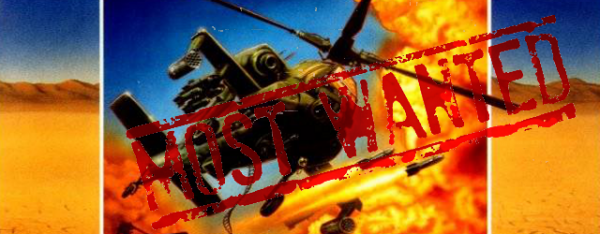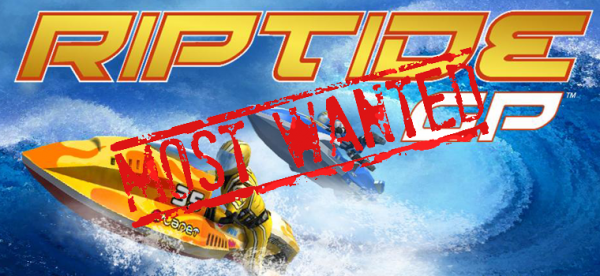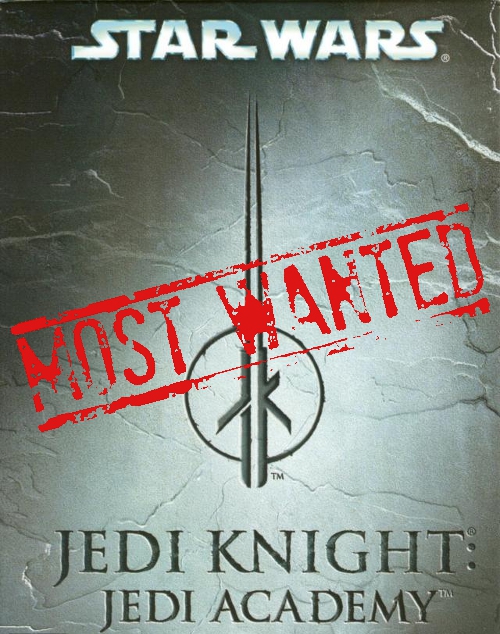 14 years ago
14 years ago
XBLA’s Most Wanted: Star Wars Jedi Academy
In the late 90’s and early-mid 2000’s LucasArts was king. Games like Grim Fandango, Star Wars Battlefront, Star Wars Jedi Knight, Mercenaries and Secret Weapons over Normandy sucked gamers into their respective universes with their compelling stories and addictive gameplay. But while we love each of these games, one stands paramount above the rest: Star Wars: Jedi Academy.
The fourth game in the Dark Forces series, this title saw series protagonist Kyle Katarn take a back seat to Jedi Padawan Jaden Korr, a blank slate character. Players could customize Korr, changing clothes, lightsaber hilt and color, fighting style, force powers, even the species and gender. It was the first time in the history of Star Wars gaming that the playable character was whatever the player wanted them to be. The campaign allowed players to pick and choose missions as they saw fit, and the multiplayer had a number of strong game types and maps to choose from.
We miss it. We want it back.
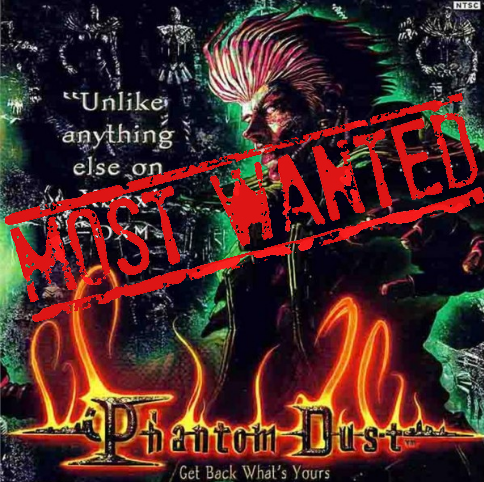 14 years ago
14 years ago
XBLA’s Most Wanted: Phantom Dust
The days of Xbox Live on the original Xbox were nothing like they are now on the Xbox 360. Far fewer games came with Live functionality, forcing players to choose from a much more modest selection. One such game that still managed to fly under many a radar despite the selection is Phantom Dust. One part Magic the Gathering, one part traditional RPG adventure, Phantom Dust was a budget title without much press or hype. The bulk of the game consists of doing quests to solve a massive mystery surrounding Edgar and the nameless protagonist.
Underground Town, home to the dwellers, is the last bastion of humankind after what is essentially an apocalypse. Massive dust storms took the surface world, and now most of humanity has been forced underground, but there’s a catch! The dust took some, scared others, and granted special powers to a select few. Those with powers are known as ESPers, one of which you are, and are tasked with accomplishing missions on the surface world.
 14 years ago
14 years ago
Is XBLA’s Most Wanted working?
When we started XBLA’s Most Wanted back in February of 2011 we did so more for fun. It was, in our minds, a pipe dream to actually think some of these games would be hitting Xbox Live Arcade. Yet over the past year we’ve seen both announcements and releases that directly correlate with some of the games on our most wanted list. Now to be fair we realize that we’re just one site, but at the same time we know that developers and publishers look out on the web for what the fans want. We like to think we’re a little part of that. Here are some examples that make us think XBLA’s Most Wanted is successful:
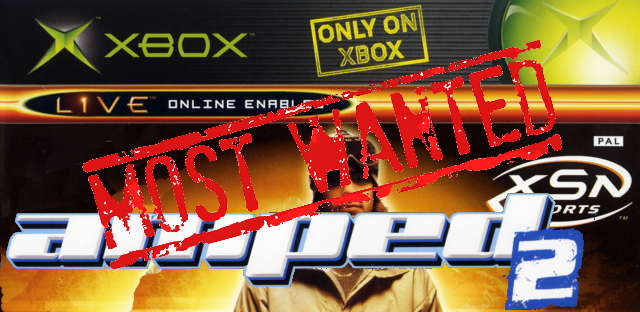 14 years ago
14 years ago
XBLA’s Most Wanted: Amped 2
In 2003 Microsoft was doing everything they could to keep their the infant console afloat. One of the ways they attempted this was with exclusive titles of every genre and type, from classic names we recognized like Conker and Toe Jam & Earl, to supplying the market with original titles like Blinx and Blood Wake. Many of these titles, especially the rebirths, were major failures, but some of them were just amazing. Among those is Amped 2, originally released October 28, 2003 (NA) one week behind SSX 3. The two were pitted directly against each other in a snowy race to the top of the charts.
The original Amped launched to good scores but poor sales, leaving Amped 2 with a huge job: improve on greatness, but get noticed this time. Developer Indie Built succeeded, exceeding almost all expectations at launch, delivering (at the time) amazing graphics and decent controls. It quickly was acclaimed a must-have snowboarding game and spawned fans everywhere. It included local and LIVE multiplayer, massive drop selections and a few innovative features. Bundle up and drop into this weeks Most Wanted with us.
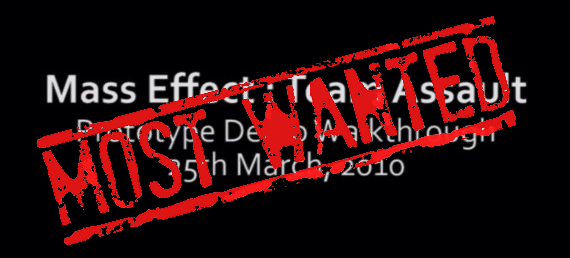 14 years ago
14 years ago
XBLA’s Most Wanted: Mass Effect Team Assault
While the world cries in pain over the “varied” endings in Mass Effect 3 we were given yet another little jab to the heart. During development of ME3 Bioware Montreal was working on a competitive first person shooter in the Mass Effect universe. The idea was eventually transformed into the multiplayer mode found in Mass Effect 3, but we think the idea of a multiplayer-based game in the universe is utterly brilliant.
For the curious with an iPad you can download the app The Final Hours of Mass Effect 3, which chronicles Team Assault and several other goodies. You’ll even find test footage of the game. We think it’d work amazingly well as an Xbox Live Arcade game. Think about it, as Battlefield 1943 is to the Battlefield series, so could Team Assault be to Mass Effect.
With a few changes, anyway. . .
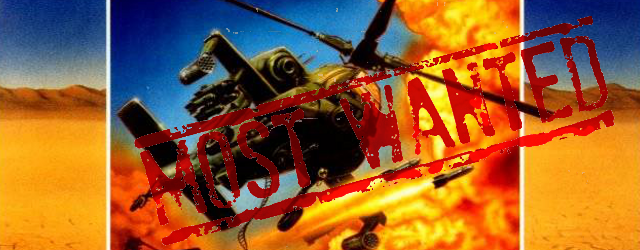 14 years ago
14 years ago
XBLA’s Most Wanted: The Strike series
With the release of Renegade Ops earlier this year, the name Desert Strike was name dropped a lot. In reality the games aren’t all that similar, but the few times you get to fly a chopper around reminded many of the long forgotten series.
Most remember the first game in the series Desert Strike: Return to the Gulf, which put players in control of an Apache attack helicopter. However there were actually five games in the series, with a sixth planned but ultimately cancelled (though it morphed into Future Cop: LAPD). The 16-bit era Strike games, Desert, Jungle and Urban were all fairly similar with the only changes being settings and the ability to pilot other (ground based) vehicles in the latter games.
With the jump to the PlayStation the core gameplay of the series remained the same but Soviet and Nuclear Strike boasted live action FMV. Of course this was all the rage at the time, usually looking extremely low budget and coming off as incredibly cheesy. While the FMV in the Strike games was a little cheesy and the acting slightly hammy, it was very well produced and often extremely effective. A lot of the praise goes to the fact they used FMV for everything, meaning you could look up videos on every enemy, weapon or mission objective. Even now we often have to trawl through a huge body of text to find out objectives or even learn how to play the game. Read More
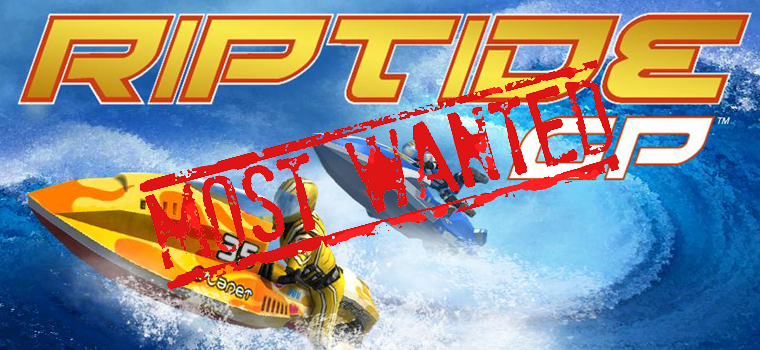 14 years ago
14 years ago
XBLA’s Most Wanted: Riptide GP
Riptide GP. It was the flagship game for NVidia’s Tegra 2 chip on Android devices, and the second release from Hydro Thunder Hurricane developer Vector Unit. Having gained footing as a developer with Hydro Thunder, Vector Unit took the opportunity to go indie and put their amazing water engine to use on mobile devices. The result is something that is truly one of the best mobile gaming experiences to date.
The game is essentially a futuristic jet ski racer. Like the now-aged Wave Race 64 water physics play an important role, but instead of canned water, Riptide uses a dynamic system. Jet skis produce wakes, which in turn change up the way you have to race. The environments are over-the-top, just like another classic favorite, Jet Moto. With racers a dime a dozen it takes something special to stand out–something that keeps you coming back. Riptide GP has it in strides.
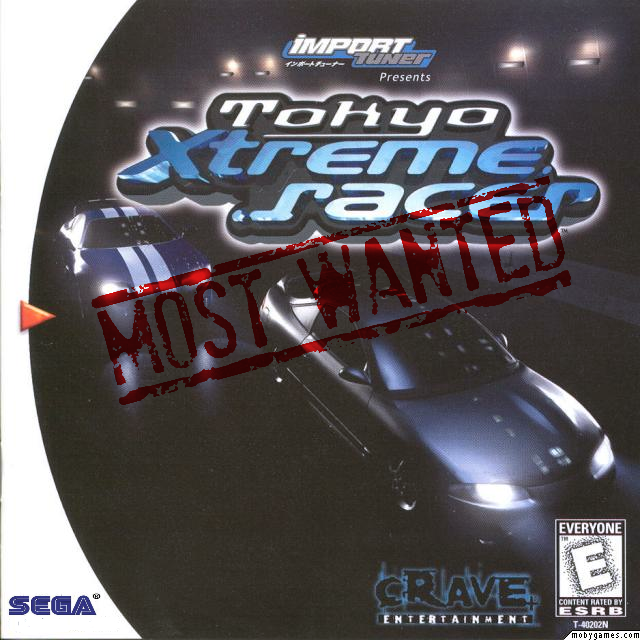 14 years ago
14 years ago
XBLA’s Most Wanted: Tokyo Xtreme Racer
It’s the middle of the night, you’re roaming the highway in your supped up turbo-charged Supra, headlights flash in your rear view and, in a blink of an eye it’s on. This is the premise behind Crave Entertainments classic racer Tokyo Xtreme Racer, originally launching for the Dreamcast in 1999. This game had huge aspirations when it launched. Not only were they venturing into new territory as being one of the first mission based games, but they were also introducing a new style of racing that most people didn’t even know existed.
Tokyo Xtreme Racer broke the mold in many ways for the racing market, introducing a huge line of non-licensed look-a-like vehicles and aftermarket parts. Everything here was customizable: rims, body kits, wings, paint, ride height, gear ratio-giving you an amazing since of realism and depth. Sure, today this seems standard, but for the late 90’s this was huge. About the only thing this deep was Gran Turismo, which was exclusive to PlayStation. It was one of the 20 or so titles available for the Dreamcast at launch. It completely stood out against all the other racers that launched, including the hugely loved Hydro Thunder. Let’s jump into the drivers seat and see why Tokyo Xtreme Racer is on the Most Wanted list.
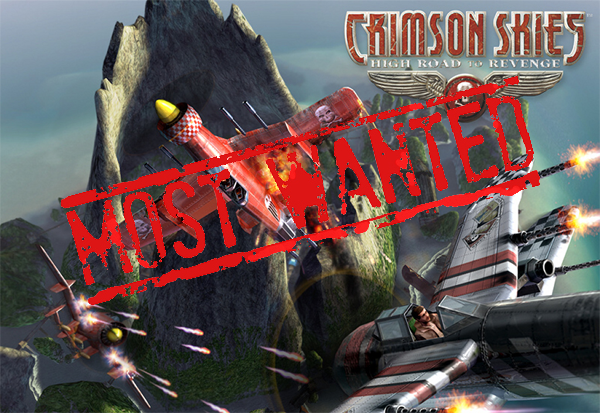 14 years ago
14 years ago
XBLA’s Most Wanted: Crimson Skies
Crimson Skies is a very elaborate universe set during the 1930’s, or to be more accurate an alternate 1930’s. The United States is in ruins, having Balkanized into several small jurisdictions. Planes have become the most common form of transportation, leading to the birth of air pirates.
There have been two video game installments, Crimsons Skies and Crimson Skies: High Road to Revenge. Both games revolve around Nathan Zachary, leader of an air pirate gang known as the Fortune Hunters. Crimson Skies always provided players with great flight controls, minor plane customization and a world that is deep, rich, and very intriguing.
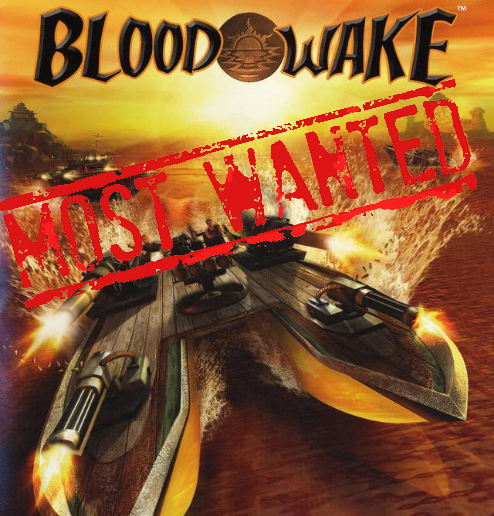 14 years ago
14 years ago
XBLA’s Most Wanted: Blood Wake
Back in the winter of 2001 eager gamers stood in the cold overnight in anticipation of getting their hands on Microsoft’s first console, the Xbox. They took their new console home along with their selection of about a dozen launch titles. About a month later a second wave of games were released, among them was Stormfront Studios’ Blood Wake. It was an innovative title that focused on combat on the open waters. Like many titles from that time the plot had a certain amount of cheese factor, but somehow was still incredibly satisfying. But the real gem was the water physics, something ahead of its time.
Funny thing is, without Blood Wake we wouldn’t have Hydro Thunder Hurricane. See, Stormfront housed the brains and brawn behind Vector Unit, Hurricane‘s developer. Ralf Knoesel and Matt Small both worked on Blood Wake as a programmer and artist, respectively. Knoesel designed the water simulation which became one of the building blocks for the system in Hurricane. These guys have a special place in their heart for this little gem, and there are a lot of good reasons why.






